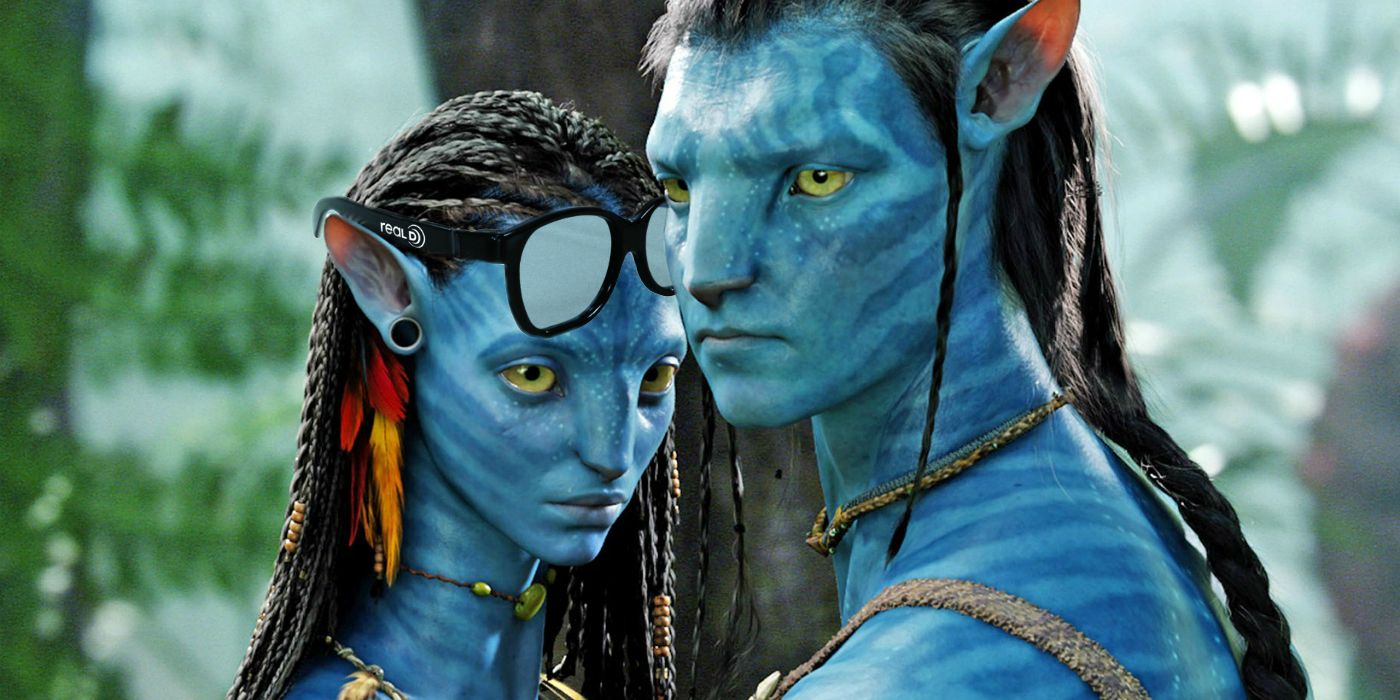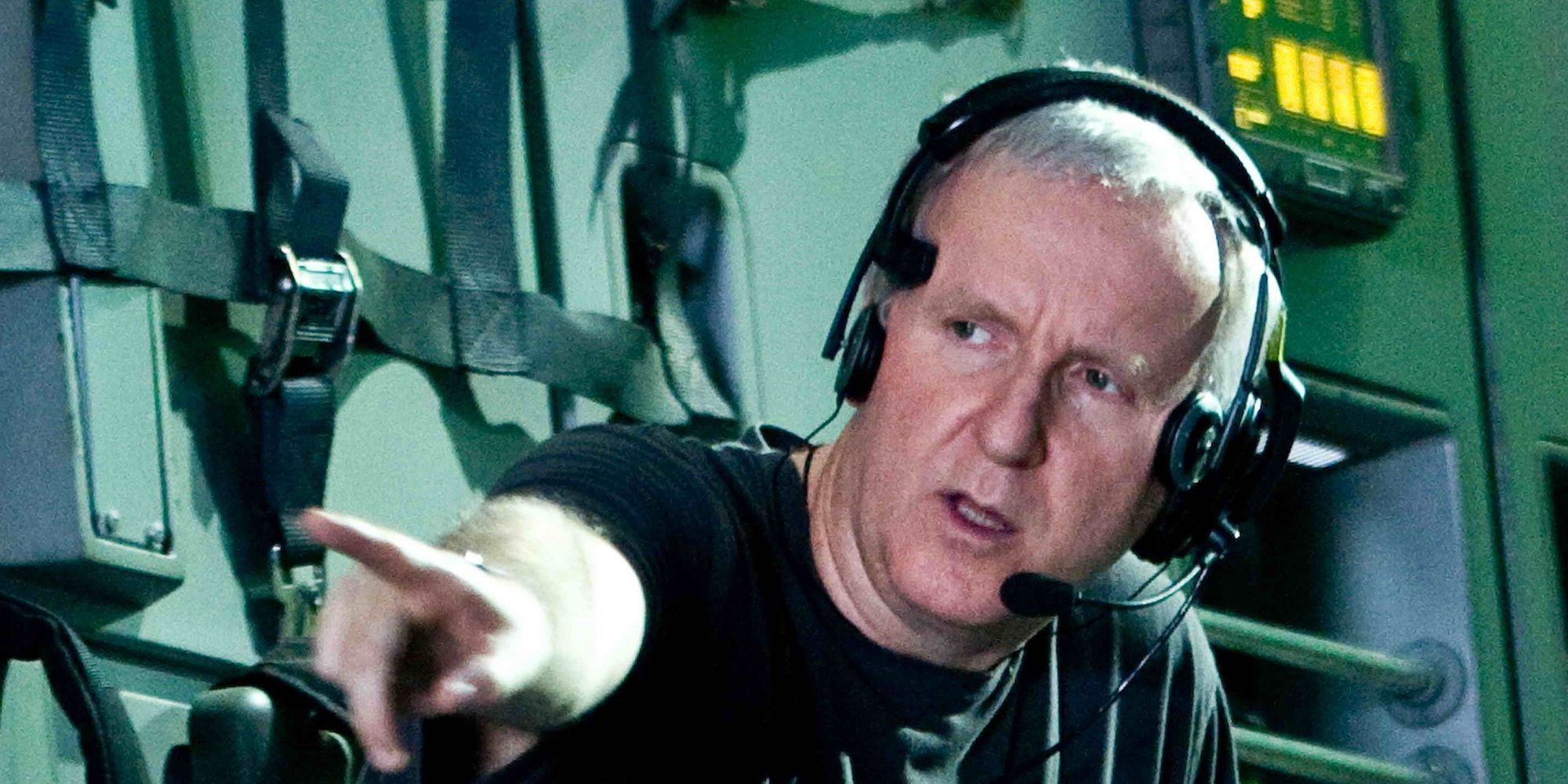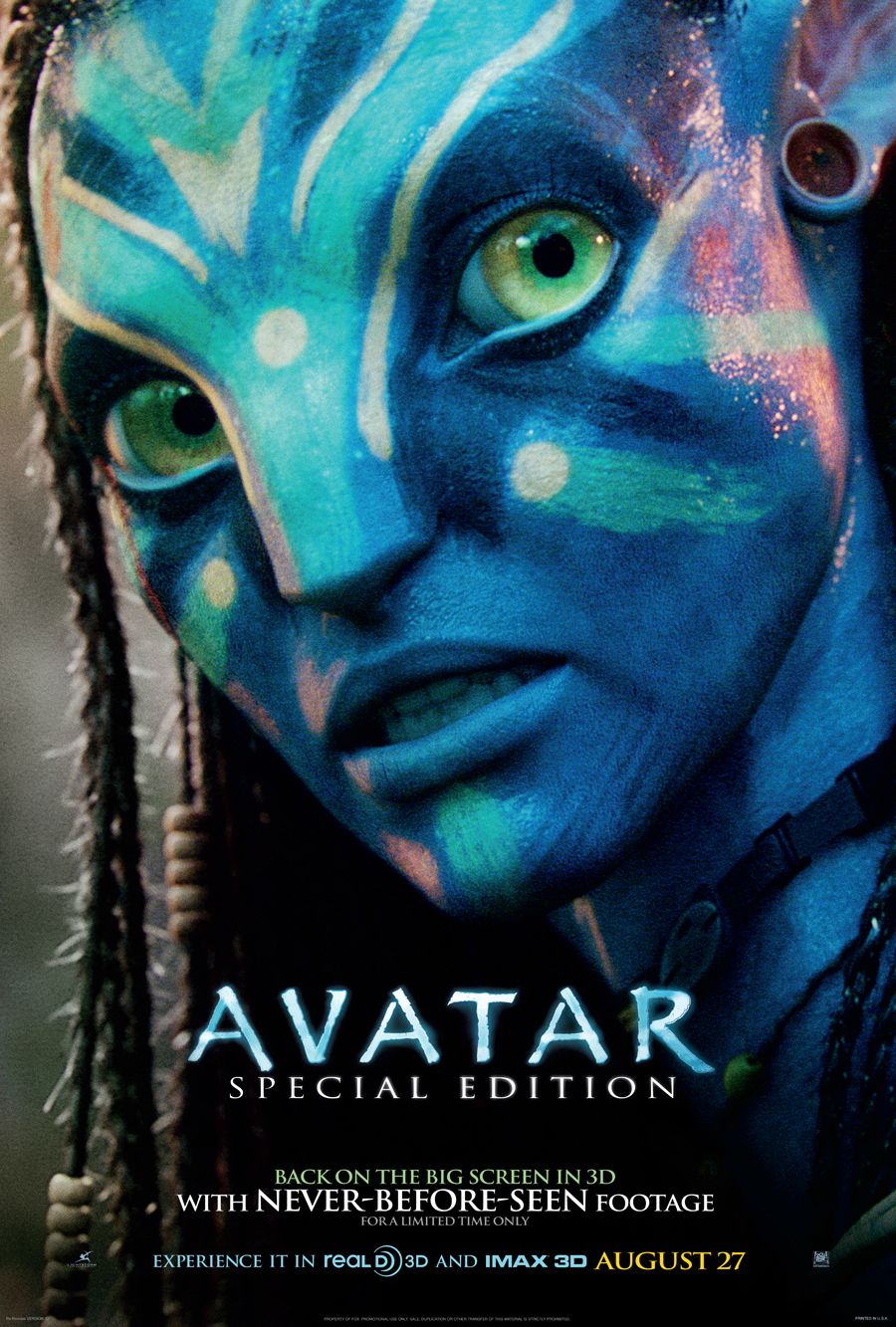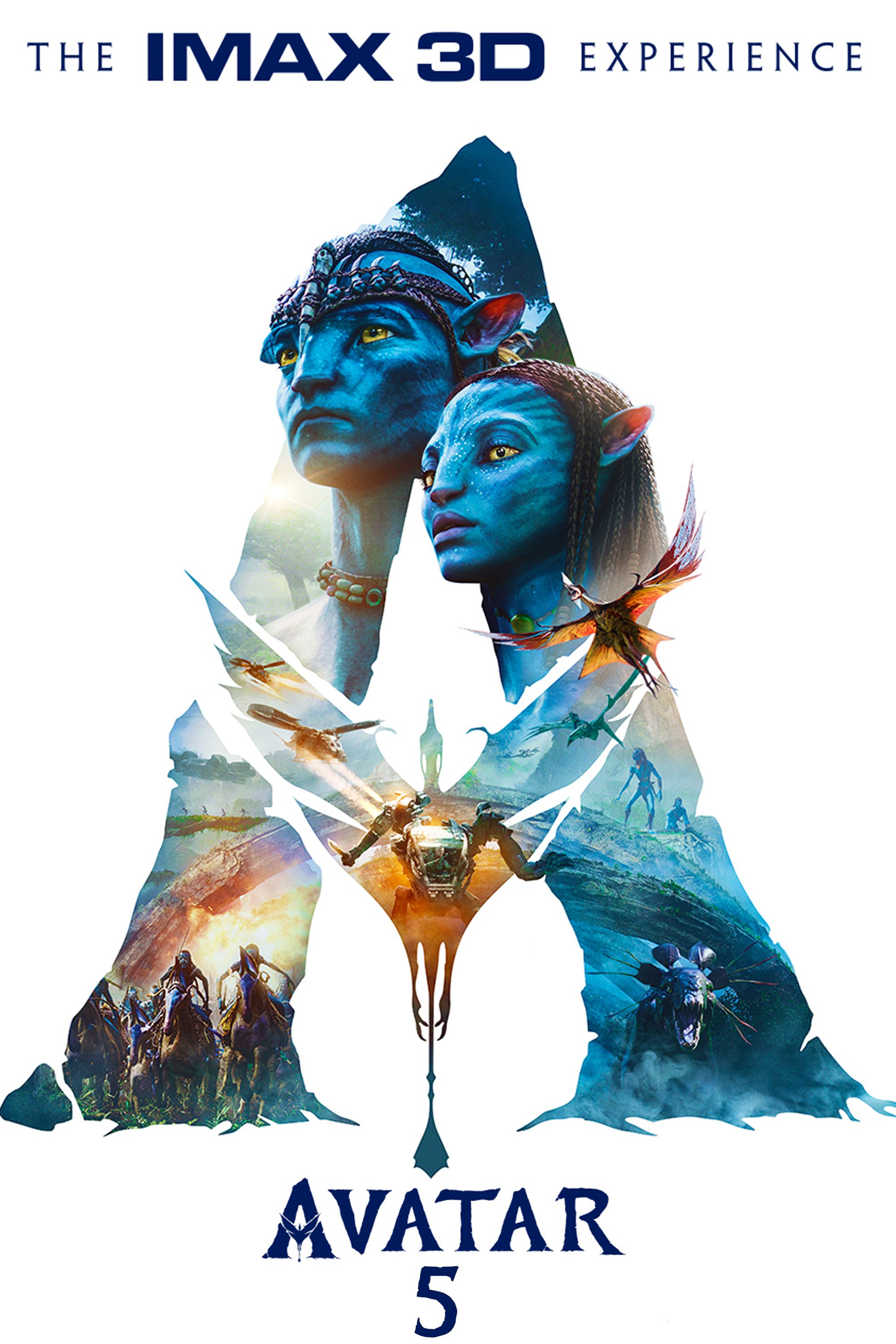Believe it or not, the Avatar sequels are still going ahead. It's been eight years since James Cameron's ground-breaking fantasy sci-fi epic revolutionized the use of VFX in Hollywood and stormed past Titanic to become the most successful film of all time. Yet now, the film casts a much smaller shadow over the industry. Despite its gargantuan success, bringing in a record breaking $2.788bn dollars at the box office and being the inescapable pop culture phenomenon of the year, the film is seldom remembered with such enthusiastic terms. The effects remain stellar but the story easily scrutinized, and people just don't seem to talk about it as fondly as they do other blockbusters of comparable success, like the Harry Potter franchise, the Marvel Cinematic Universe that followed in its steps, or even Cameron's other mega-hit, Titanic. It has minimal presence in fandom circles, it has its critical supporters but nothing like Cameron's other films, and its earnest eco-friendly plot has become something of a mockery. Much of its innovative work has become old-hat in the ever-evolving industry thanks to the work of Weta Digital, who pioneered it all with Avatar. Aside from an admittedly impressive new theme park of the world of Pandora at Disney's Animal Kingdom, you'd be forgiven for thinking that Avatar had been forgotten by the public at large.Of course, it would be foolish to write off James Cameron, a man who has a habit of breaking the rules, lowering expectations, then making billions of dollars with his efforts. Remember, before it became the billion-dollar-hit of the 90s, Titanic was dismissed by the industry as an overblown vanity project, plagued by delays and technical problems. This is a director who, arguably more than anyone else in the industry of his stature, revels in technological experimentation, and the results by and large tend to be brilliant. Now, as the Avatar sequels move forward after years of delays, Cameron is hoping to further push the envelope with higher frame rates, brighter projection for 3D, and further evolution of an already progressive world of VFX.![]() You can't fault his ambition, and plenty of smart people have bet against James Cameron only to lose big, but it's hard to imagine a world where even Cameron can convince people to don the 3D glasses once again. Prior to his magnum opus, 3D was a cheap gimmick left for horror films, kids' movies and theme park rides. The technology hadn't caught up to the idea, and the end results proved inconsistent, headache inducing and no fun to watch. With Avatar, Cameron set a new standard that many films scrambled to follow. He made it feel special, a unique experience nothing else in cinemas was offering, and the film was specifically designed with the intention of being viewed in that way. Following on from that film's success, every studio got into the 3D game, mostly with disappointing results. Between poor transfers and murky screens, audiences felt ripped off, a problem made sourer by increased ticket prices. Why bother paying for something when the experience is going to be diminished?Last week, IMAX Entertainment CEO Greg Foster told The Hollywood Reporter that they would be cutting back on 3D screenings due to lack of audience demand. According to the Motion Picture Association of America, a record 68 3D films were released by major Hollywood studios last year, but there was an 8% drop in audience attendance. Mentioning the success of Christopher Nolan's Dunkirk, which screened exclusively in 2D, Foster said, "We're looking forward to playing fewer 3D versions of films and more 2-D versions." When even the people who release 3D movies say the tide is turning, perhaps there is something worth listening to there.Notable in Foster's interview is his insistence that IMAX will "listen to our filmmaking partners", before adding that directors who wish to release their films in 3D will be supported in their endeavors by IMAX. That bodes well for Cameron, not just as a director but as a producer. Coming next year, shot in 3D, is Robert Rodriguez's adaptation of the popular anime Alita: Battle Angel, which Cameron is producing.
You can't fault his ambition, and plenty of smart people have bet against James Cameron only to lose big, but it's hard to imagine a world where even Cameron can convince people to don the 3D glasses once again. Prior to his magnum opus, 3D was a cheap gimmick left for horror films, kids' movies and theme park rides. The technology hadn't caught up to the idea, and the end results proved inconsistent, headache inducing and no fun to watch. With Avatar, Cameron set a new standard that many films scrambled to follow. He made it feel special, a unique experience nothing else in cinemas was offering, and the film was specifically designed with the intention of being viewed in that way. Following on from that film's success, every studio got into the 3D game, mostly with disappointing results. Between poor transfers and murky screens, audiences felt ripped off, a problem made sourer by increased ticket prices. Why bother paying for something when the experience is going to be diminished?Last week, IMAX Entertainment CEO Greg Foster told The Hollywood Reporter that they would be cutting back on 3D screenings due to lack of audience demand. According to the Motion Picture Association of America, a record 68 3D films were released by major Hollywood studios last year, but there was an 8% drop in audience attendance. Mentioning the success of Christopher Nolan's Dunkirk, which screened exclusively in 2D, Foster said, "We're looking forward to playing fewer 3D versions of films and more 2-D versions." When even the people who release 3D movies say the tide is turning, perhaps there is something worth listening to there.Notable in Foster's interview is his insistence that IMAX will "listen to our filmmaking partners", before adding that directors who wish to release their films in 3D will be supported in their endeavors by IMAX. That bodes well for Cameron, not just as a director but as a producer. Coming next year, shot in 3D, is Robert Rodriguez's adaptation of the popular anime Alita: Battle Angel, which Cameron is producing.
Cameron's biggest challenges with Avatar's sequels will be in ensuring the technology is up to scratch and then incentivizing audiences to pay the extra dollars to see the film as he intends it to be seen. One of his great strengths as a filmmaker is in his key understanding that effects and technology should be in aid of something bigger, and not the end result. Avatar's story may have been a familiar re-tread of films like Fern Gully and Dances With Wolves, but it was a solid enough foundation to support the dazzling effects. It offered a beautiful world and populated it with people worth caring about. The entire experience offered viewers something to invest in and they were willing to overlook the flaws. That won't be so easy with the sequels. Those same audiences have higher expectations now, and what was once a novelty is now par for the course thanks to acclaimed blockbusters like the recent Planet of the Apes prequel trilogy and the glut of expanded universe franchises that fill up the calendar year after year. Bringing interesting effects to the screen isn't enough. If it were, Valerian and the City of a Thousand Planets would be the biggest film of the year instead of one of its biggest flops.
Cameron's dream for 3D is a lofty one. While accepting honorary membership into the Society of Motion Picture and Television Engineers, he laid out his plans for the Avatar sequels and their use of the technology:
œI'm going to push. Not only for better tools, workflow, high dynamic range (HDR) and high frame rates (HFR) ” the things we are working toward. I'm still very bullish on 3D, but we need brighter projection, and ultimately I think it can happen ” with no glasses. We'll get there.
The technology will certainly happen, and if anyone is to use it for the cinema first it will be Cameron, but there are audience perceptions that cannot be overlooked so easily. Any headache or eye strain issues with glasses-free 3D must be sorted out before taking it to the mainstream. High frame rates offer immense creative freedom for VFX-heavy films but many viewers find them to hinder the viewing experience. Peter Jackson's use of a 48 frame per second (FPS) rate in The Hobbit trilogy inspired many headlines about the future of film but the end result was less impressive. Everything felt too close to the audience, and spoiled the much-needed suspension of disbelief. This is a problem that also troubled Ang Lee's adaptation of Billy Lynn's Long Halftime Walk. Most viewers didn't see that in the planned 120 frames per second extra-high frame rate, but those who did criticized it for being near impossible to watch. Avatar could overcome this hurdle by merit of being an almost exclusively effects-driven film, but that's a big if'.
Few directors have as much to prove as James Cameron. Despite his incredible achievements and record breaking profits, he's still rather easy to write off in the face of an industry that's already been there and done everything. With the planned four sequels to Avatar, he has many mountains to climb before needing to convince audiences to invest in 3D. The smart people say always bet on Cameron but his continued investment in 3D may signal a time where his reach far exceeds his grasp.






